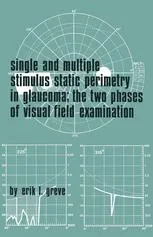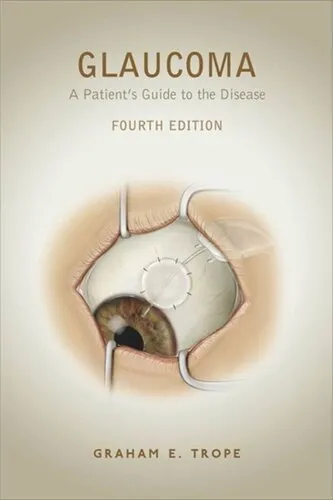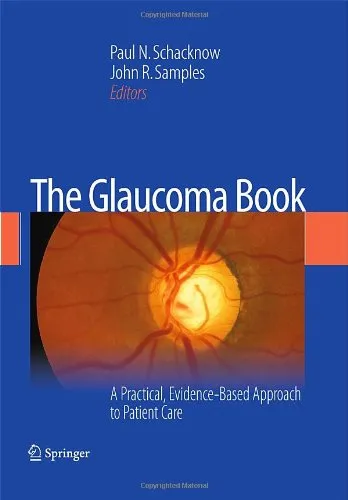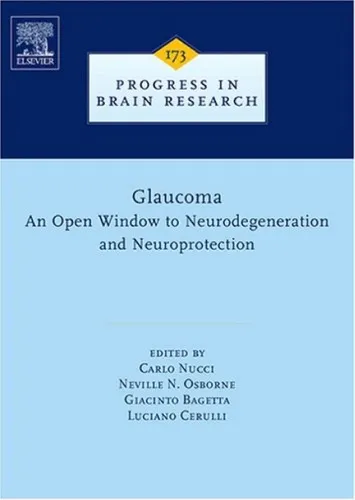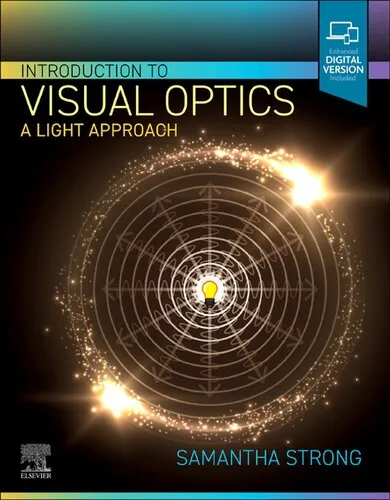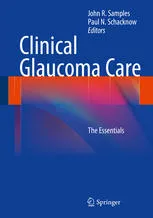Single and Multiple Stimulus Static Perimetry in Glaucoma; The Two Phases of Perimetry
4.0
Reviews from our users

You Can Ask your questions from this book's AI after Login
Each download or ask from book AI costs 2 points. To earn more free points, please visit the Points Guide Page and complete some valuable actions.Related Refrences:
Welcome to the comprehensive guide to understanding glaucoma through the lens of static perimetry, as elucidated in the book "Single and Multiple Stimulus Static Perimetry in Glaucoma; The Two Phases of Perimetry" by Erik Louis Greve. This introduction aims to provide you with a detailed overview of the book and is structured to enrich your knowledge of the critical components employed in the assessment and management of glaucoma. Embark on a journey that clearly explains the complexity of perimetry in the modern clinical context.
Detailed Summary of the Book
Glaucoma is a group of eye conditions that cause optic nerve damage, often linked to high intraocular pressure. The perimetric assessment is pivotal for diagnosing and monitoring this condition. In this book, Erik Louis Greve delves into the scientific principles underpinning single and multiple stimulus static perimetry. The text elucidates how these techniques differentiate in application and analysis, discussing how technology and methodology improvements propel perimetry into the future.
The book is divided into several comprehensive chapters, each addressing critical aspects of perimetry. Readers are introduced to the technological advances in static perimetry and the clinical implications of these developments. The methods for detecting visual field deterioration, the importance of specific stimuli in perimetric tests, and the interpretation of test results are thoroughly discussed. Greve emphasizes the importance of precise measurement and analysis in managing glaucoma and ensuring proper treatment, offering case studies and examples that make complex concepts more accessible.
Key Takeaways
- The difference between single stimulus and multiple stimulus perimetry and their respective uses in glaucoma management is elucidated with clarity.
- Understanding static perimetry is crucial for the early detection of visual field loss in glaucoma patients, promoting timely interventions and treatment adjustments.
- Technological advancements have significantly enhanced the precision and efficacy of perimetric evaluations in contemporary practice.
- Practical case studies provide real-world applications of theoretical knowledge, bridging the gap between research and clinical practice.
Famous Quotes from the Book
“The true essence of perimetry lies not in the complexity of the tools themselves, but in the nuances of their interpretation.”
“In the realm of glaucoma, time is vision; early detection remains our most vital tool in preservation.”
Why This Book Matters
This book stands as a seminal piece for ophthalmologists, researchers, and students who wish to deepen their understanding of glaucoma at a time when technological advancements have reshaped the landscape of ophthalmic diagnostics. The insights detailed within empower professionals to incorporate the latest perimetric techniques into their practice, ensuring they stay at the forefront of patient care. Moreover, Erik Louis Greve's detailed breakdown of complex subject matter provides accessible and actionable information, reinforcing the role static perimetry plays in enhancing patient outcomes amongst those grappling with glaucoma.
As glaucoma continues to be a leading cause of irreversible blindness worldwide, resources like this are invaluable. This book emphasizes the practical application of sophisticated technology to preserve sight, highlighting the critical importance of continuous learning and adaptability in the dynamic field of eye care.
Free Direct Download
You Can Download this book after Login
Accessing books through legal platforms and public libraries not only supports the rights of authors and publishers but also contributes to the sustainability of reading culture. Before downloading, please take a moment to consider these options.
Find this book on other platforms:
WorldCat helps you find books in libraries worldwide.
See ratings, reviews, and discussions on Goodreads.
Find and buy rare or used books on AbeBooks.
1397
بازدید4.0
امتیاز0
نظر98%
رضایتReviews:
4.0
Based on 0 users review
Questions & Answers
Ask questions about this book or help others by answering
No questions yet. Be the first to ask!
